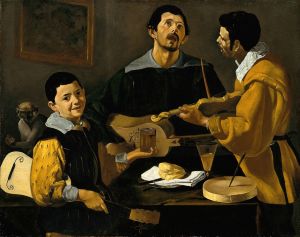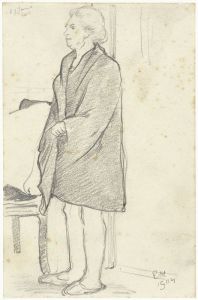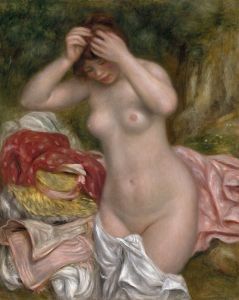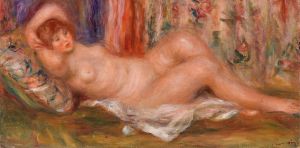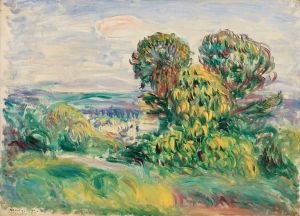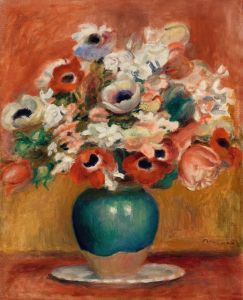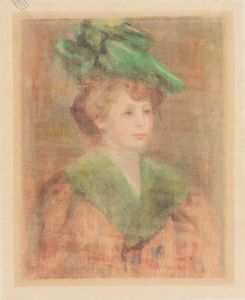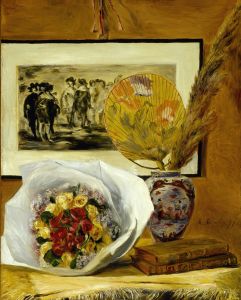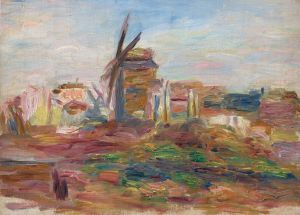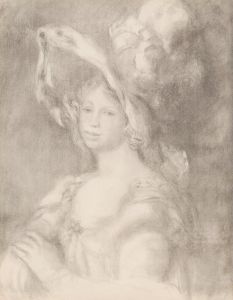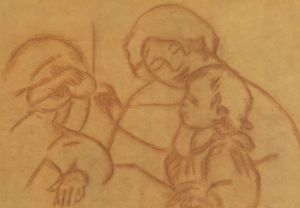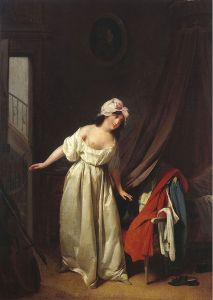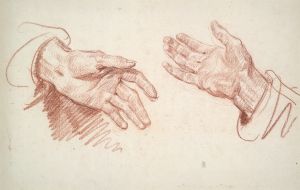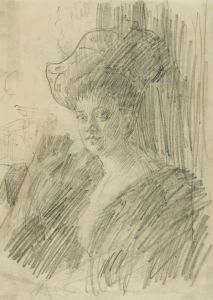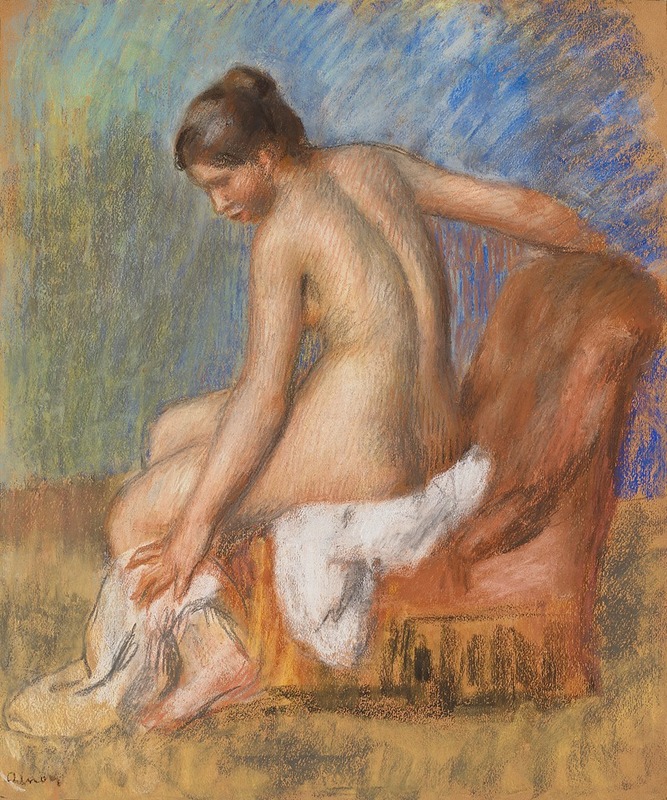
Nu au fauteuil
A hand-painted replica of Pierre-Auguste Renoir’s masterpiece Nu au fauteuil, meticulously crafted by professional artists to capture the true essence of the original. Each piece is created with museum-quality canvas and rare mineral pigments, carefully painted by experienced artists with delicate brushstrokes and rich, layered colors to perfectly recreate the texture of the original artwork. Unlike machine-printed reproductions, this hand-painted version brings the painting to life, infused with the artist’s emotions and skill in every stroke. Whether for personal collection or home decoration, it instantly elevates the artistic atmosphere of any space.
Pierre-Auguste Renoir's Nu au fauteuil (translated as Nude in an Armchair) is a painting created by the renowned French Impressionist artist. Renoir, celebrated for his depictions of human figures, particularly women, completed this work during a period when he was deeply focused on exploring the beauty and sensuality of the human form. The painting exemplifies Renoir's mastery of color, light, and texture, hallmarks of his artistic style.
The artwork portrays a nude female figure seated in an armchair, rendered with soft, delicate brushstrokes that emphasize the warmth and vitality of her skin. The composition reflects Renoir's ability to capture the natural grace and intimacy of his subjects. The armchair, upholstered in rich fabrics, adds a sense of comfort and domesticity to the scene, contrasting with the vulnerability of the nude figure. The background is painted in a loose, impressionistic manner, allowing the focus to remain on the subject.
Renoir's approach to the nude was influenced by his admiration for classical art and the works of earlier masters such as Titian, Rubens, and Ingres. However, his interpretation of the nude diverged from traditional academic styles, as he infused his figures with a sense of immediacy and life. Nu au fauteuil is an example of Renoir's ability to balance realism with an idealized vision of beauty.
The painting is believed to have been created during the late 19th or early 20th century, a time when Renoir was transitioning from his earlier Impressionist style to a more refined and structured approach. This period in his career is often referred to as his "Ingresque" phase, marked by a renewed interest in line and form.
Today, Nu au fauteuil is recognized as a significant work within Renoir's oeuvre, showcasing his dedication to celebrating the human form and his skill in capturing the interplay of light and color. The painting is held in a private collection or museum, though specific details about its current location or provenance are not widely documented.
This artwork continues to be appreciated for its timeless beauty and the insight it provides into Renoir's artistic evolution and his enduring fascination with the human figure.





